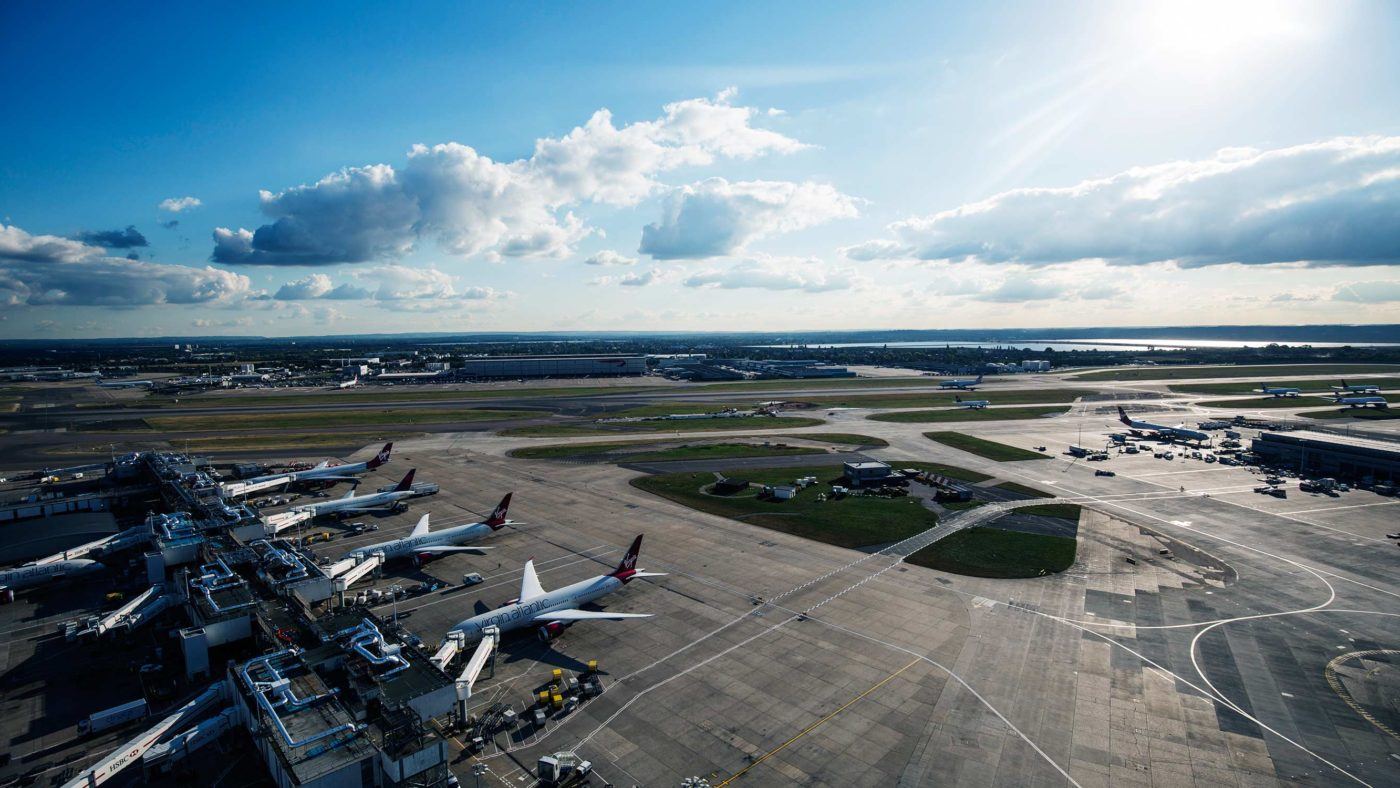For some years the government has talked a good game on infrastructure, but the actual playing has been conspicuously absent. In no case has this been more conspicuous than at Heathrow.
It was back in January 2009, nearly eight years ago, that Geoff Hoon (remember him?) announced that the government supported the construction of a third runway and sixth terminal at Heathrow airport. The original plan was that the runway would be operating by 2015(!), with its own hub rail terminal and high-speed rail network.
Well, David Cameron’s “greenest government ever” (including several prominent MPs with constituencies in the Heathrow flight path) decided that air travel was terribly bad for carbon emissions and put the kibosh on the third runway scheme. Yet this still left Heathrow capacity-constrained and the UK under-provisioned for air transport infrastructure.
In 2012, Boris Johnson proposed building a completely new airport in the Thames Estuary – with the miraculous consequence that almost all passengers would have to pass through London to get to anywhere else in the country. (Boris’s being Mayor of London at the time was surely a felicitous coincidence.) Gatwick and Stansted nobly offered to allow themselves to expand if Heathrow couldn’t. Meanwhile, lobby group London First had been agitating for Heathrow to be allowed to expand.
To manage these differing political pressures, David Cameron kicked the issue into the (post-2015 General Election) long grass, setting up the Airports Commission in 2012. When that finally reported in July 2015 it opted for… a third runway at Heathrow. Awkward.
Through 2015 and 2016, pressure rose on the Cameron government to come to a decision. Fortunately he had the excuse of an EU referendum to fight, so could put things off a bit more. And we know how that turned out.
So then in came Theresa May. Surely she could cast off the shackles placed upon her predecessor in another era, when economic growth could be counted upon and green issues were politically helpful rather than the barnacles on the boat?
With characteristic haste she has decided to decide that there will indeed be a decision about a decision… in the winter of 2017/18. Meanwhile, since the suspending of Cabinet collective responsibility was so successful in maintaining harmony and good relations between colleagues during the EU referendum, she decisively decided we should do the same for the Heathrow decision about a decision.
Delay of this sort does not come for free. Across the April 2015 National Infrastructure Plan there are about 40 projects quite similar to Heathrow (in terms of when decisions are required and who needs to make them), and another 250 that are fairly similar. The total value of such projects is nearly £50 billion.
The fear of delay to such projects means that investors considering putting money in to plans and preparation face an additional risk of delay, equivalent to around 0.2 per cent extra return on projects similar to Heathrow and around 0.04 per cent for projects moderately similar.
Together, across the £50 billion of potentially affected projects, that could mean around £140 million extra a year in financing costs. That’s money that could affect the jobs associated with these schemes. In some cases, it’s also money that will feed through into consumer bills (eg for water or electricity).
It’s thus not only airports that are affected if the Government gets a reputation as unable to follow through on its infrastructure plans. Should we trust it on HS2, on nuclear power stations, on water infrastructure, on alleged plans for new housing?
It seems pretty clear that the best location for a new airport is Heathrow. But the Government doesn’t even want to say No, and put it somewhere else instead, or say No and force us all to plan for less growth in air transport.
For years now we’ve had nothing but procrastination and prevarication. That will cost us all in the end.


